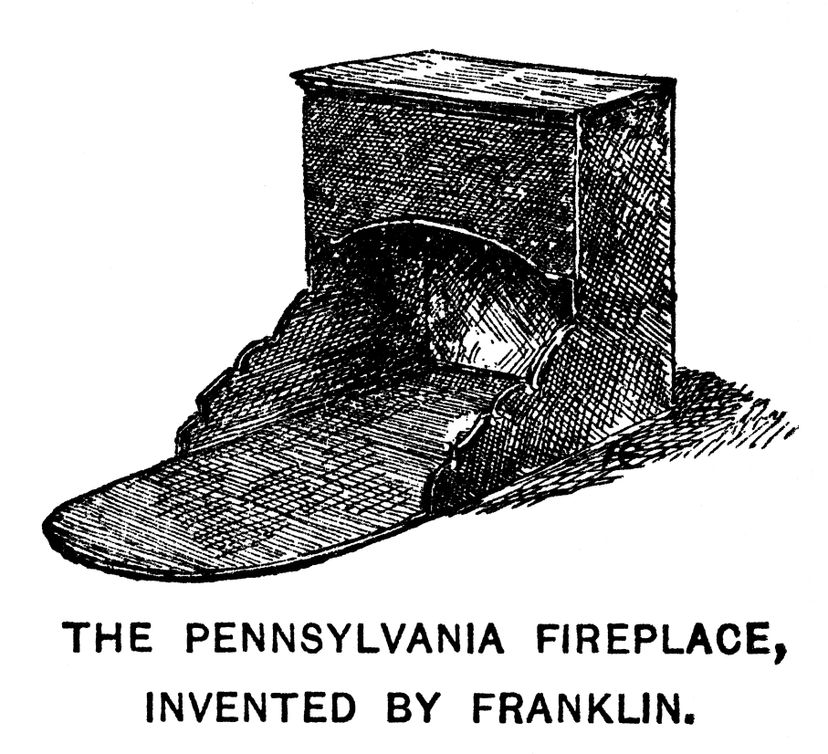While the traditional Franklin stove still holds a place in some homes, modern wood stoves have surpassed it in terms of efficiency, clean burning, and safety. Modern wood stoves have undergone significant advancements, incorporating the latest technologies to provide users with an exceptional heating experience.
One of the key advantages of modern wood stoves is their ability to burn a variety of fuels, including LP (liquefied petroleum) or NG (natural gas). This flexibility allows users to choose the fuel source that best suits their needs and preferences. Additionally, modern wood stoves do not require electricity, making them a reliable heat source during power outages.
Another significant improvement in modern wood stoves is their superior heat retention and distribution. Soapstone, a material known for its excellent heat retention properties, is often used in the construction of modern stoves. This enables the stove to radiate heat even after the fire has been extinguished, providing long-lasting warmth to the room.
Furthermore, modern wood stoves offer versatile direct vent installation options, allowing for easy integration into various home setups. Whether venting through a wall, roof, or chimney, these stoves provide flexibility in installation without compromising safety or efficiency.
